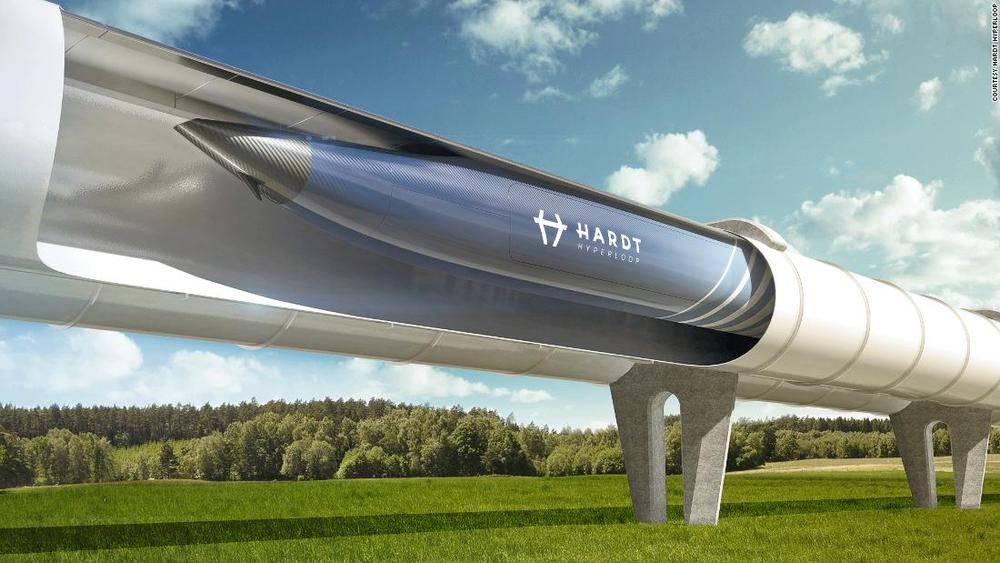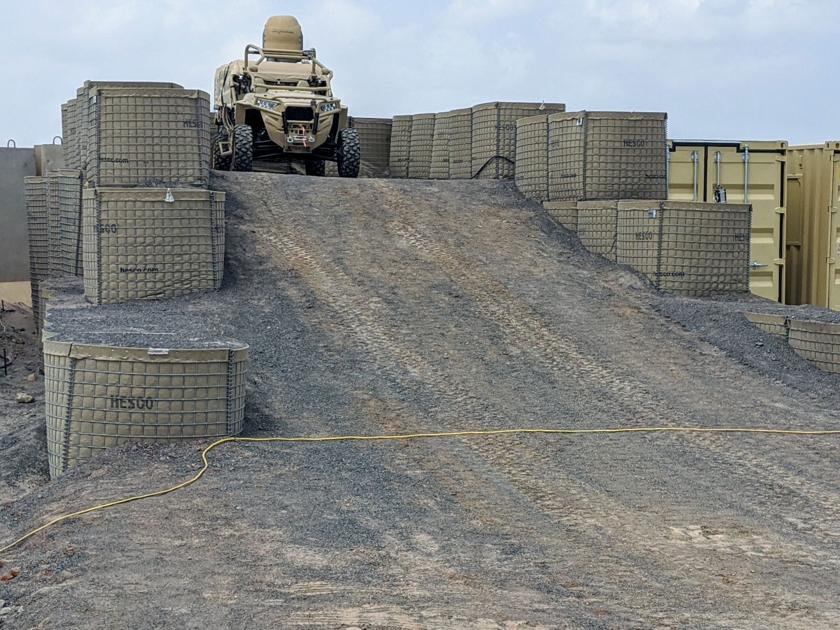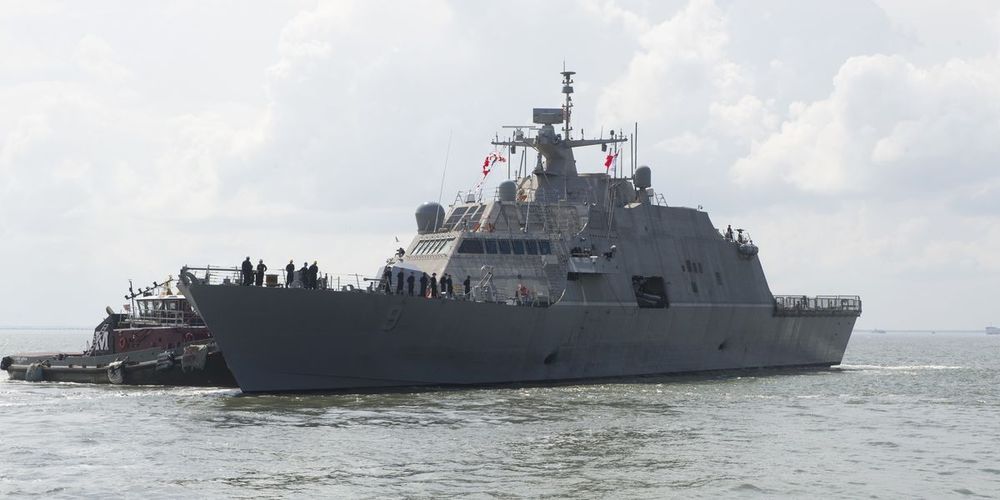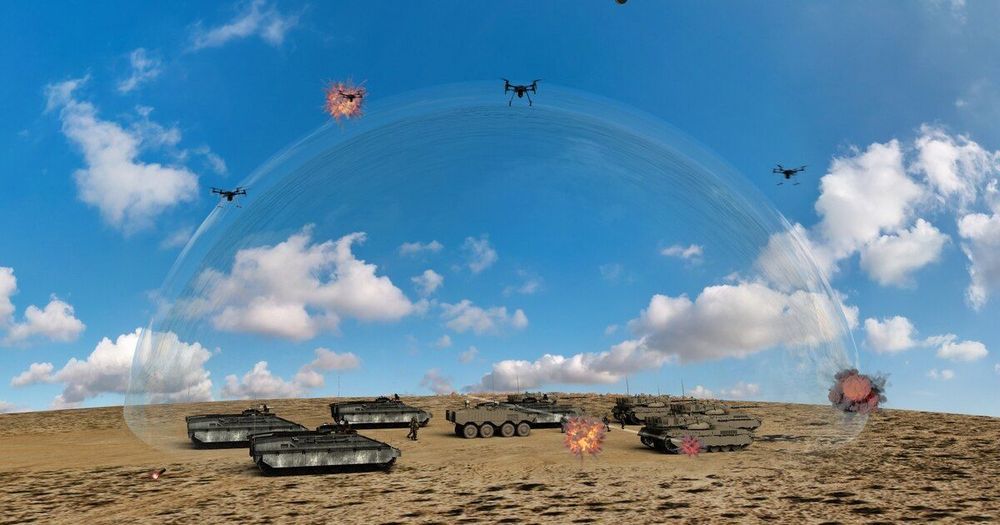Europe’s largest steel mill is in the city of Taranto in southern Italy. In its heyday, the ILVA steel plant produced more than 10 million tons of steel every year—about 40 percent of all the steel made in Italy—and it currently employs about 12,000 people.
This is no small deal in an area where unemployment is north of 20 percent; indeed, the local economy of Taranto, population 200,000, is almost entirely dependent on the steel mill —which is also one of the biggest and most deadly polluters of anywhere in the Mediterranean.
The plant is a notorious source of dioxin, and dust from the plant is believed to be the reason why Taranto has a lung cancer rate 30 percent higher than the national average. It’s so toxic that farmers have been forbidden from raising livestock within a 20-kilometer radius of the plant; in 2008, the government ordered the slaughter of thousands of sheep and other animals that were found to have excessively high levels of dioxin.






